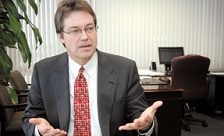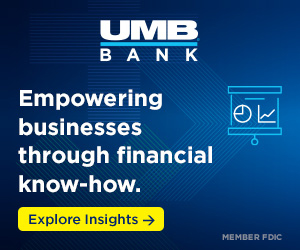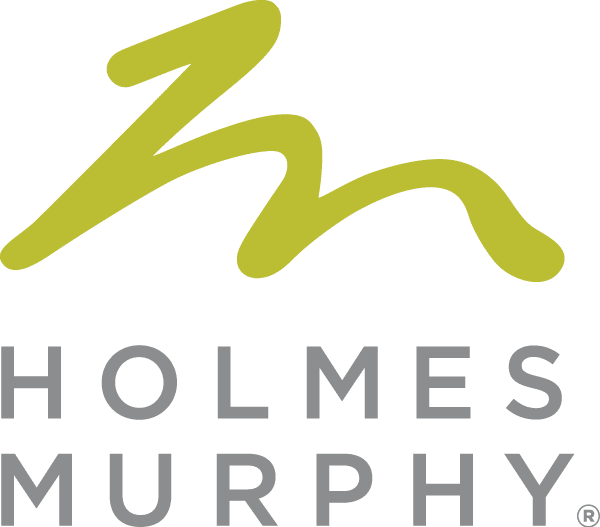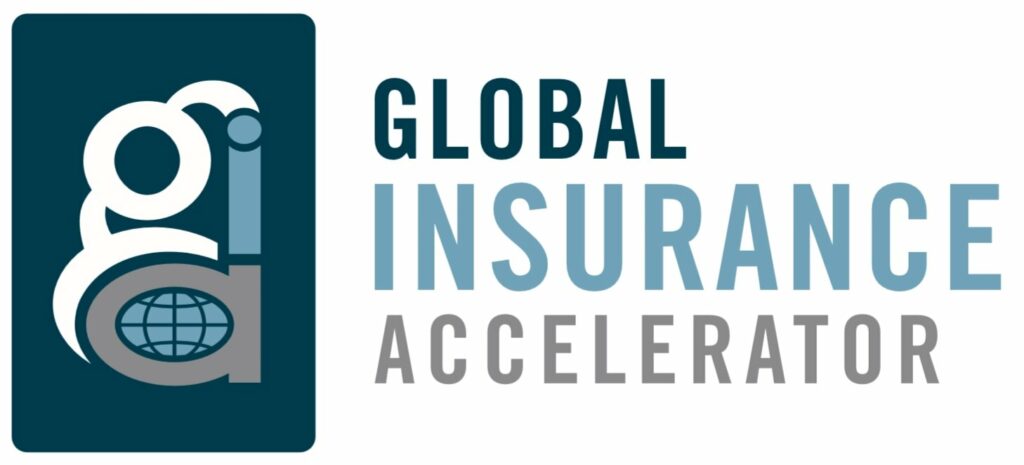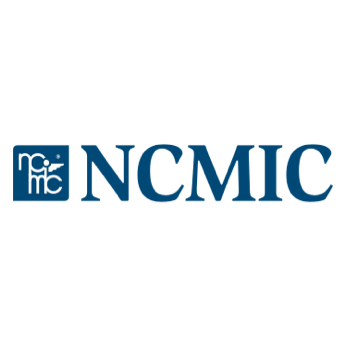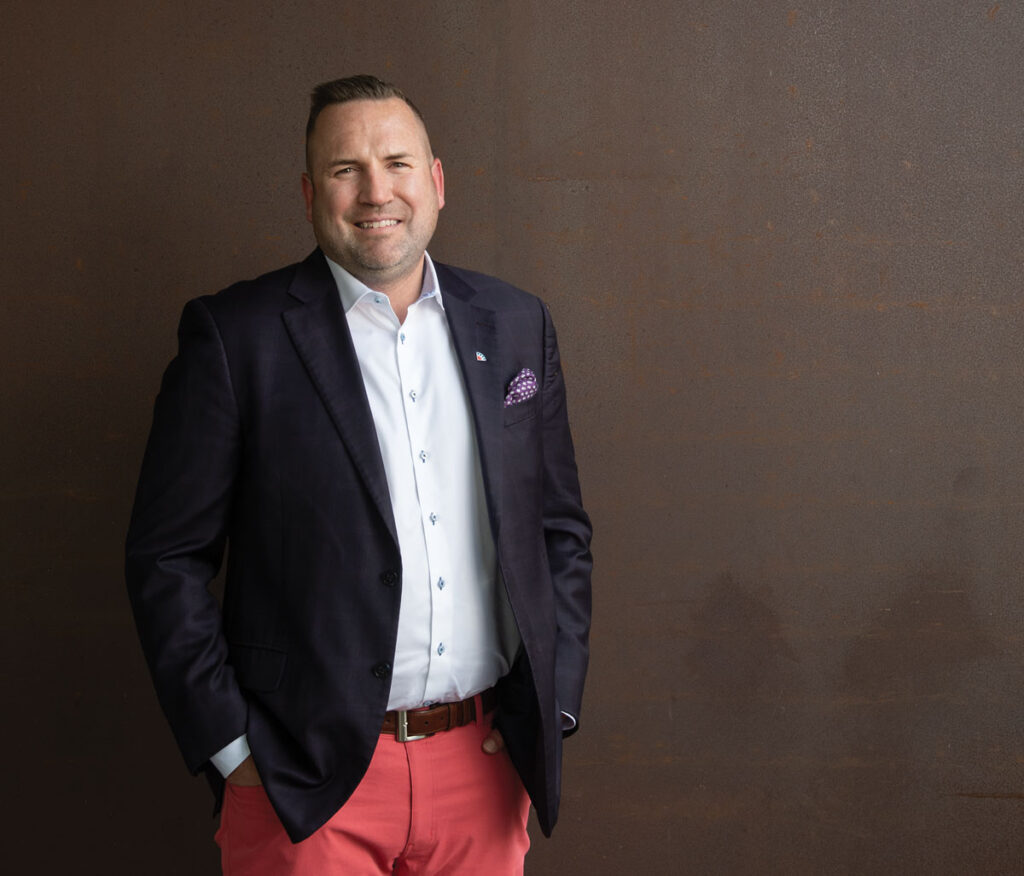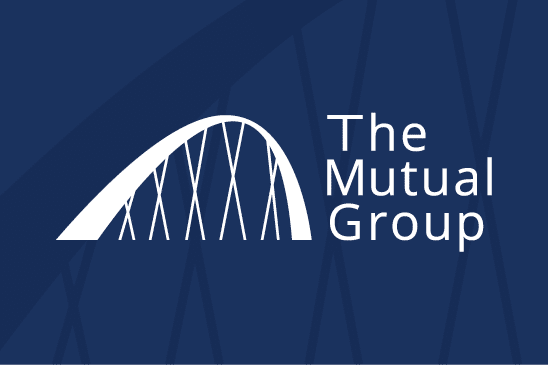In past year, FBL has ‘come a long way’

Jim Hohmann doesn’t expect that his employees at FBL Financial Group Inc. will give their “best efforts.” He demands “all efforts.”
“When I talk to our employees and I talk about accountability, part of my message is that best efforts aren’t good enough, because people rely on us,” said Hohmann, who joined FBL in April 2009 as interim president and CEO and was named to those positions permanently one year ago. “We need all efforts; we need things to happen.”
Hohmann, who took on the West Des Moines-based financial services company’s top job during the height of the so-called Great Recession, has been busy making things happen. In the past two years, FBL has reversed a slide in earnings and strengthened its capital reserves, efforts that credit rating agency A.M. Best Co. acknowledged in October with upgraded ratings.
Among Hohmann’s top priorities is to position EquiTrust Life Insurance Co., a subsidiary it launched in 2003 to sell retirement annuities to Baby Boomers, as a viable player in the U.S. life insurance market. To do that, EquiTrust is targeting a completely separate market segment – Generation X and Y breadwinners seeking life insurance protection during their prime earning years.
A publicly traded stock company since 1996, FBL Financial underwrites, markets and distributes life insurance, annuities and mutual funds to individuals and small businesses through two operating subsidiaries, EquiTrust and Farm Bureau Life Insurance Co. Its corporate headquarters at 5400 University Ave. is home to 1,052 employees.
FBL’s total assets, currently $15.2 billion, have increased by 50 percent within the past five years. The company’s stock price, which began 2010 at $18.19 per share, reached a high of $29.50 in late December, a more than 60 percent increase. And after a major stumble in earnings with a net loss of $18.2 million in 2008, the company reported third-quarter net income of $28.7 million, up from a gain of $15.9 million a year prior.
CEO seasoning
Hohmann, a youthful 55, looks more like a mid-level executive than someone who has held the top positions at four other major insurance companies.
Prior to taking the reins of FBL Financial, he served as president and CEO of Allstate Financial for two years, overseeing 15 affiliates including Allstate Life Insurance Co., Allstate Bank and Allstate Institutional Markets.
Hohmann also held one of the top executive posts at Conseco Inc., now CNO Financial Group Inc. The Carmel, Ind.-based insurer emerged in 2003 from what was then the third-largest bankruptcy filing in U.S. history. Hohmann was named Conseco’s interim president and chief operating officer in June 2004 at age 50, less than two years after joining the company as its chief administrative officer. He stayed with the company less than six months after being appointed to those positions on a permanent basis, however, leaving to join Allstate in December 2006.
With a degree in mathematics from Northwestern University, Hohman began his insurance career as an actuarial consultant. He initially joined KPMG Peat Marwick, now KPMG LLP, in Chicago, and later moved to Tillinghast/Towers Perrin, where he was managing principal of life operations for the Chicago office.
After 13 years on the consulting side of the industry, he joined Zurich Kemper Life Insurance Co. as president of financial institutions, and later became president and CEO of XL Life and Annuity.
Hohmann came to FBL to replace Jim Noyce, who led the company for two years after serving for 12 years as the chief financial officer. Word of FBL’s search for an interim CEO came to Hohmann through a consultant he knew who worked with FBL.
“I really ended up being the interim CEO for the balance of (2009); that was the discussion that we had at the time,” Hohmann said. “It seemed like enough time to get to know each other and to log some performance in one direction or the other. Ultimately, the direction was all in a good way, and I was approached about dropping the interim title.”
Priorities
In his first message to FBL shareholders in the company’s 2009 annual report, Hohmann outlined two central priorities, one of them being the reinvention of EquiTrust, the other building FBL’s capital strength.
“The very good news is that on both of those dimensions, we’ve had tremendous success,” Hohmann said. The risk-based capital level of FBL’s flagship subsidiary, Farm Bureau Life, has reached an all-time record, “and EquiTrust is not far behind,” he said.
Farm Bureau Life’s risk-based capital ratio, a key measure of financial strength scrutinized by regulators and rating agencies, was 469 percent at the end of third-quarter 2010, compared with 416 percent at the end of 2008. EquiTrust’s ratio in the same time climbed from 300 percent to 430 percent.
“So we’ve come a long way, and now both of those companies are in extremely elite company with respect to their risk-based capital levels,” Hohmann said. “And we’ve had some validation from the rating agencies. Both companies had been on a negative outlook, and that was upgraded on both companies (in October).”
The second goal, moving EquiTrust into the national life insurance market, serves dual strategies of diversifying FBL’s balance sheet as well as creating deeper worker relationships with its independent distributors, Hohmann said. The company is about a year into that initiative, and recently began the second of three phases of that plan.
“So we’ve gone from a purely annuity company to a company that is also offering life insurance,” he said. “The way I phrase it is that we’re ‘legging into it.’ We started with life insurance products that had single-premium characteristics which were more like the annuity products that we had already been selling. We’ve now got two of those products out in the market, and we have deeper engagement with a handful of marketing organizations. We’ve been selective in that process.”
Looking at it from a life-cycle needs approach, “we’re going where the needs are,” Hoh- mann said. “We still want to sustain (EquiTrust’s) presence in the retirement market. But extending the life insurance market is more likely to be successful looking at Gen X and Gen Y customers.”
Now entering its eighth year of operations, EquiTrust is able to fund its growth from its own excess capital, no longer having to obtain capital from Farm Bureau Life as it did in its initial years.
“If you look at the strengths within EquiTrust, there’s actually not a need for new capital from that perspective,” he said. “It’s more about how to best put the capital we have to work.”
The strategy is clearly working. EquiTrust’s independent distributors collected $108.3 million in premiums in the third quarter, compared with $47.4 million in premiums in the third quarter of 2009. During the same period in 2010, Farm Bureau Life collected $143.2 million in premiums, a small drop from $145.6 million in third-quarter 2009.
In 2011, EquiTrust plans to add some universal life insurance products through those same independent distribution channels, Hohmann said.
Like many of its competitors in the industry, EquiTrust has historically attempted to forge relationships with upwards of 50,000 agents through independent marketing organizations. However, the company has re-examined that strategy, Hohmann said, and has purposely reduced the number of marketing organizations with which it works.
“If we have an organization that’s been doing a decent amount of business with us and is now fully engaged in our life agenda, we’re going to wrap our arms around them and do a lot of work with them,” he said.
From hisexperience in leading other insurance companies, Hohmann said he understands the importance of good relationships with agents and the market intelligence that they possess.
“One of the first things I did when I came on board here was I went out and visited agents, because I thought that was one of my best places to learn,” he said. “As an organization, how do we present ourselves in the marketplace; how do we engage with customers?”
The relationship enters an even deeper level with Farm Bureau members as part of membership-based organizations, he said. “It’s always very clear what we should be considering when making decisions. I’ve seen it in other organizations, but it’s extremely tangible here. There’s a tremendous amount of dialog around members and members’ needs. It’s a very engaged culture around the members and customers.”
More accountability
Seeking greater accountability within the organization, Hohmann initiated a top-level restructuring process in September 2009. As part of those changes, the chief investment officer now reports directly to him as well as a new chief actuary position he created. He also moved responsibility for marketing and distribution, which had been managed within FBL’s property and casualty company, to a more centralized position.
On the operational side, FBL is seeking to integrate its life and property-casualty sides, which historically have been run separately.
Overall, the restructuring “actually ties in with our work on one of our corporate values – accountability,” Hohmann said. “We need to have individuals who have specific accountability for our investment side, for our product and risk management, for our distribution growth, for the experience of our customers. It creates a little bit of matrixing, but that’s OK, because another one of our values is teamwork.”
FBL is also working to deploy technology-based tools to make the process of issuing policies simpler, Hohmann said. For instance, its Simple Term product uses Web-based technology that enables an agent to check public databases, with the customer’s permission, to obtain a coverage decision within about five minutes.
Looking ahead to the next year or two, “we don’t have plans for any drastic changes,” Hohmann said. “We’re looking to grow our business and we’re looking to do that as efficiently as we can. I think like pretty much everybody else, we’re going to be deliberate about building staff. Until there’s a little less volatility, there will be caution on our part.”
Hohmann said he wants FBL’s employees and its sales force to move forward with “orderly urgency.”
“My objective is for people to experience me as someone who’s fully engaged, someone who’s clear about what we’re doing and someone with an appropriate mixture of passion and empathy. I’d like to keep our organization running with lots of urgency, but I want it to be orderly. I want us to be clear about what we’re going to do, and I want us to go about it in a deliberate fashion and make it happen.”

